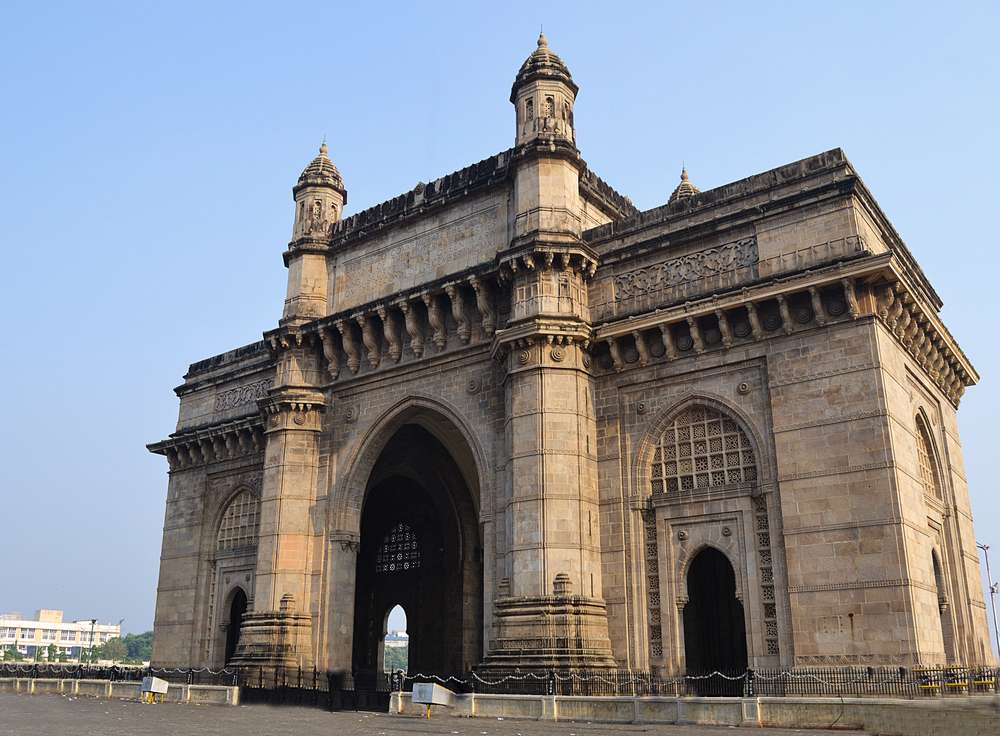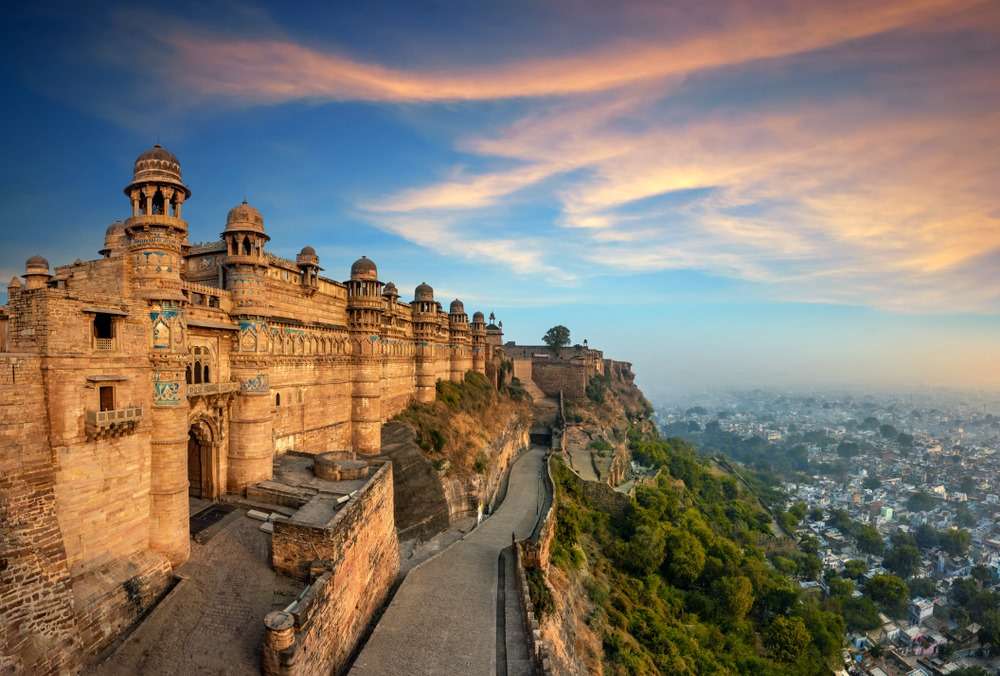India’s rich and diverse cultural heritage spans thousands of years, encompassing a multitude of civilizations, dynasties, and empires that have left their mark on the landscape in the form of awe-inspiring ruins and relics. From ancient temples and majestic forts to intricate sculptures and mysterious monuments, India is home to a treasure trove of archaeological marvels that offer glimpses into the country’s storied past. In this article, we delve into India’s fascinating archaeological heritage, exploring some of the most remarkable ruins and relics that bear witness to the country’s rich history and cultural legacy.
INDIAN VISA APPLICATION PROCESS
The Temples of Hampi
Located in the southern state of Karnataka, Hampi is a UNESCO World Heritage Site renowned for its breathtaking ruins of the Vijayanagara Empire, which flourished from the 14th to the 16th centuries. Spread across a vast area, Hampi’s ruins include magnificent temples, grand palaces, royal enclosures, and elaborate water systems that testify to the empire’s architectural and engineering prowess. One of the most iconic structures in Hampi is the Virupaksha Temple, dedicated to the Hindu god Shiva, which dates back to the 7th century and is still in active worship today. Other notable temples in Hampi include the Vittala Temple, famous for its ornate stone chariot and musical pillars, and the Achyutaraya Temple, known for its intricately carved pillars and stunning views of the surrounding landscape. Hampi’s temples are not only architectural marvels but also sacred sites that continue to attract pilgrims and visitors from around the world.
The Forts of Rajasthan
Rajasthan, known as the Land of Kings, is home to some of India’s most impressive forts and palaces, which stand as testament to the region’s rich history and martial heritage. From the imposing Mehrangarh Fort in Jodhpur to the majestic Amber Fort in Jaipur, Rajasthan’s forts are architectural marvels that showcase the grandeur and opulence of the region’s erstwhile rulers. One of the most remarkable forts in Rajasthan is the Chittorgarh Fort, a UNESCO World Heritage Site that sprawls over a hilltop overlooking the town of Chittorgarh. Dating back to the 7th century, Chittorgarh Fort is famous for its massive walls, intricate palaces, and beautiful temples, including the Kirti Stambha (Tower of Fame) and the Vijay Stambha (Tower of Victory), which are adorned with exquisite sculptures and carvings. Exploring the forts of Rajasthan is like stepping back in time to an era of chivalry, valor, and royal splendor.
INDIAN VISA PASSPORT REQUIREMENTS
The Rock-cut Caves of Ellora and Ajanta
Located in the western state of Maharashtra, the rock-cut caves of Ellora and Ajanta are UNESCO World Heritage Sites that represent some of India’s finest examples of ancient cave architecture and artistry. Carved into the rocky hillsides over several centuries, these caves are renowned for their intricate sculptures, vibrant frescoes, and awe-inspiring architecture, which reflect the religious and cultural diversity of ancient India. The Ellora Caves, dating from the 6th to the 9th centuries, comprise a complex of Buddhist, Hindu, and Jain temples, monasteries, and viharas, showcasing the coexistence of different faiths in ancient India. Highlights include the Kailash Temple, an architectural marvel carved out of a single rock, and the intricately carved panels depicting scenes from Hindu mythology.
The Ajanta Caves, dating back to the 2nd century BCE to the 6th century CE, are renowned for their exquisite murals and sculptures that depict the life of the Buddha and stories from Buddhist scriptures. The caves also contain monastic cells, prayer halls, and chaityas (chapels) that provide insights into the daily life and religious practices of ancient Buddhist monks. Visiting the rock-cut caves of Ellora and Ajanta is a journey into the heart of India’s ancient past, where art, religion, and architecture converge in a celebration of human creativity and spirituality.
Conclusion
India’s archaeological marvels are a testament to the country’s rich and diverse cultural heritage, spanning millennia of history and encompassing a myriad of civilizations, dynasties, and empires. From the magnificent temples of Hampi to the imposing forts of Rajasthan and the rock-cut caves of Ellora and Ajanta, these architectural wonders offer glimpses into India’s storied past and continue to inspire awe and wonder in visitors from around the world. As custodians of this rich heritage, it is our responsibility to preserve and protect these treasures for future generations, ensuring that India’s archaeological legacy continues to thrive and inspire for centuries to come.
Also read: The Diversity of India: Exploring Different Cultures and Traditions



